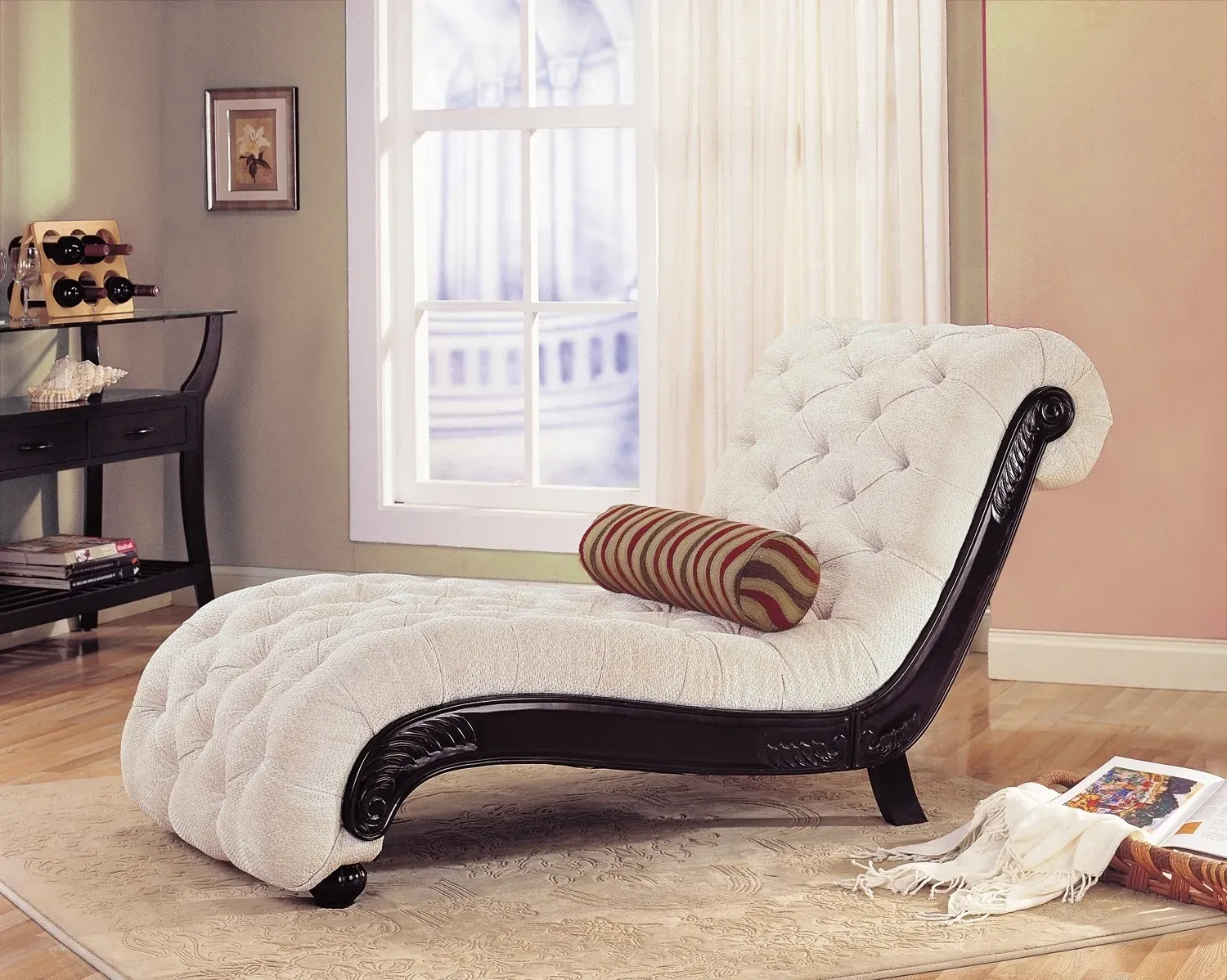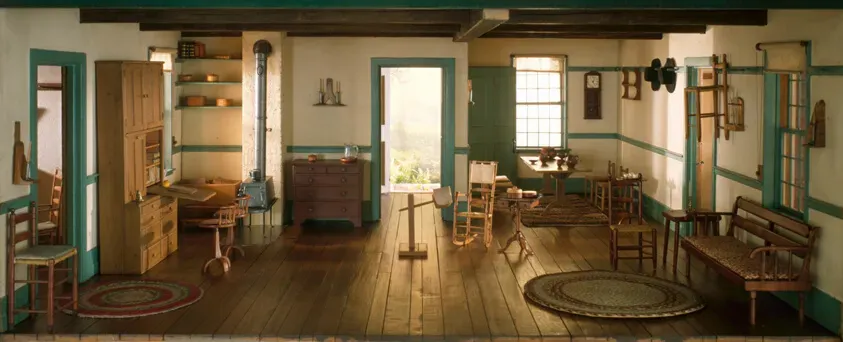Table of Contents
Tired of sinking into a couch that offers little more than a place to land? The living room should be your sanctuary, the spot where the day's static melts away. But let's be honest, not all seating is created equal. Finding that perfect perch, the one that cradles you just right, feels less like furniture shopping and more like a quest for the Holy Grail of comfort. This is where the right relaxing chairs for living room come into play. They aren't just seats; they're personal retreats, designed for unwinding, reading, or simply staring blankly at the wall after a long day. But with options ranging from plush recliners to sleek accent chairs, how do you pick the one that fits your space, your style, and your spine? This article cuts through the cushion clutter to help you navigate the world of comfortable seating, ensuring your living room finally lives up to its relaxation potential. We'll explore the different breeds of comfort, how to size them up for your space, and even how to make them look good while doing their job.
Why You Need Relaxing Chairs for Your Living Room
Why You Need Relaxing Chairs for Your Living Room
Upgrade Your Unwind Game
Look, most living room sofas are built for utility. They cram as many people as possible onto a flat surface, maybe offer a modest armrest. They're fine for watching a movie with the family or hosting a casual gathering. But when the day is done, and you just want to disconnect, collapse, and genuinely *relax*, that standard couch often falls short. It doesn't contour to your body, doesn't offer targeted support, and certainly doesn't make you feel like you've found a little slice of heaven in your own house. This is precisely why investing in relaxing chairs for living room spaces isn't just a luxury; it's a strategic move for your well-being.
More Than Just a Seat
Think about it. A good relaxing chair isn't just furniture; it's a personal escape pod. It's the difference between perching on a park bench and sinking into a plush, custom-fit seat on a private jet. These chairs are engineered for comfort, often featuring ergonomic designs, built-in lumbar support, or mechanisms that allow you to recline and elevate your legs. They can alleviate pressure points that a flat sofa exacerbates and promote better posture, even when you're lounging. Beyond the physical, there's the mental aspect. Having a dedicated spot for relaxation creates a psychological cue – "This is my zone, where I decompress."
Here’s what a good relaxing chair brings to the table (or rather, the room):
- Targeted support for back and neck
- Improved circulation through elevated legs
- A designated 'me-time' zone
- Reduced physical strain from poor posture
- An aesthetic upgrade that isn't just functional
Decoding the Comfort: Types of Relaxing Chairs
Decoding the Comfort: Types of Relaxing Chairs
The Recliner: King of the Lounge
When most folks picture relaxing chairs for living room, the classic recliner often pops into their head. And for good reason. This is the heavyweight champ of kicking back. Push back or pull a lever, and suddenly you're not just sitting; you're in a semi-horizontal state, perfect for napping, reading without neck strain, or binge-watching your favorite show without your back complaining. Recliners come in a dizzying array of styles now, from the overstuffed beasts of yesteryear to sleeker, more modern profiles that don't scream "grandpa's house." Some even offer power options, massage features, or built-in heat. Just make sure you measure your space; they need room to do their thing.
The Accent Chair: Style Meets Subtle Comfort
so maybe a full-blown recliner feels like overkill or just doesn't fit your aesthetic. Enter the accent chair. These aren't always built for napping, but the right one offers significantly more comfort and support than a standard dining chair or a stiff-backed occasional seat. Look for models with good lumbar support, well-padded seats, and perhaps a slightly angled back. Wingback chairs, club chairs, or even some modern ergonomic designs fall into this category. They add a pop of style, color, or texture to your living room while providing a comfortable spot for conversation or reading a book. They prove that relaxing chairs for living room don't have to sacrifice looks for feel.
Here's a quick look at how two popular types stack up:
Chair Type | Primary Benefit | Space Needed | Typical Look |
|---|---|---|---|
Recliner | Full body support, napping | Significant (needs clearance to recline) | Can range from bulky to streamlined |
Accent Chair | Comfortable seating, style element | Moderate | Highly varied, decorative |
The Swivel or Glider: Motion for Relaxation
Sometimes, relaxation isn't just about the angle; it's about the motion. Swivel chairs let you effortlessly turn to face the TV, the fireplace, or whoever just walked into the room without awkwardly shifting your whole body. Gliders, often associated with nurseries, offer a smooth back-and-forth motion that can be incredibly soothing. Many modern designs combine these features, offering swiveling, gliding, and sometimes even reclining functions in one chair. These are fantastic relaxing chairs for living room spaces where you want versatility or enjoy a gentle movement while you unwind. Just make sure the base is stable and the mechanism is smooth – a jerky swivel is less relaxing and more annoying.
Choosing the Right Relaxing Chairs for Your Living Room Space
Choosing the Right Relaxing Chairs for Your Living Room Space
Size Up Your Space (And Your Doorway)
Alright, let's get practical. You've seen the dreamy pictures online or sunk into a cloud-like chair in a showroom. Now, measure your living room. Seriously. Get out the tape measure. Figure out where this new piece of furniture is actually going to live. Will it block a walkway? Does it dwarf the sofa? Relaxing chairs for living room come in all sizes, from compact armchairs to sprawling recliners that demand their own zip code. Don't forget to measure your doorways, hallways, and stairwells too. Nothing kills the relaxation vibe faster than buying a chair that won't fit through the front door. Map out the traffic flow. You don't want to have to navigate an obstacle course just to get to the kitchen.
Match Comfort to Your Body (Not Just Your Eyes)
Beyond just fitting the room, the chair needs to fit *you*. This is where the "relaxing" part really kicks in. How do you plan to use it? Are you a sloucher? A cross-legged reader? Someone who needs serious lumbar support after a day hunched over a screen? Sit in the chair, if you can. Test the recline mechanism. See if your feet touch the floor comfortably or if your neck feels supported. The fabric matters too – leather is cool and durable, but can be cold in winter; fabric is warmer but might stain easier. Think about your personal comfort quirks. Don't just pick the chair because it looks pretty next to your existing decor. It's a tool for relaxation, and a tool needs to work for the person using it. Choosing the right relaxing chairs for living room is a personal mission.
Ask yourself these questions before you buy:
- How much floor space can I realistically dedicate?
- What's my primary use? (Reading, napping, watching TV, talking)
- What level of support do I need for my back and neck?
- Does the chair need to recline, swivel, or glide?
- What fabric and style will complement my existing furniture?
- Can I actually get this thing into my house?
Styling Relaxing Chairs in Your Living Room
Styling Relaxing Chairs in Your Living Room
so you've measured, you've sat in a few contenders, and you've got a chair in mind that promises peak relaxation. Now comes the fun part, or maybe the slightly anxiety-inducing part for some: making the relaxing chairs for living room actually look good in your space. It's easy to fall into the trap of thinking a comfort-first chair has to be an eyesore. But that's just not true anymore. Think of it as adding a personality piece, not just another hunk of furniture. Consider its size relative to your sofa and other pieces. A massive recliner can overwhelm a small room, while a tiny accent chair might look lost in a sprawling space. Pay attention to lines – a sleek, modern chair complements minimalist decor, while something with curves and upholstery might fit better in a traditional or eclectic setting. Color and texture are your friends here. A bold color can make the chair a focal point, while a neutral tone or interesting texture can add depth without shouting. Don't just plop it in a corner; think about how it interacts with the rest of the room.
Beyond the Purchase: Living with Your Relaxing Chair
Beyond the Purchase: Living with Your Relaxing Chair
Keeping Your Comfort Zone Comfy
so you've navigated the maze of options, found your perfect relaxing chairs for living room, measured twice, and somehow wrestled the beast through the front door. The mission isn't entirely over. Now you have to live with it. This means a little upkeep. Fabric chairs need vacuuming and occasional spot cleaning – spills happen, especially when you're *that* relaxed. Leather needs conditioning to prevent cracking over time. If it's a recliner or a swivel chair, moving parts might need a quick check or a squirt of lubricant every now and then to keep things smooth and silent. Don't let your sanctuary become a dusty, squeaky eyesore. Treat it well, and it'll keep treating you well, providing that reliable spot to land when the world gets a bit too loud.
Here are a few quick tips for maintaining your chair:
- Vacuum fabric regularly to remove dust and crumbs.
- Spot clean spills immediately with appropriate cleaners for the material.
- Condition leather chairs every 6-12 months.
- Check and lubricate moving parts on recliners or swivel chairs if they become stiff or noisy.
- Rotate cushions if possible to ensure even wear.
Finding Your Living Room Zen Seat
So, you've waded through the world of plush fabrics and ergonomic designs. Choosing relaxing chairs for living room isn't just about picking something soft; it's about finding a piece that serves its purpose without overwhelming your space or clashing with everything else. We've looked at the mechanics of comfort, the sheer variety available, and the practicalities of fitting a substantial piece of furniture into your home. Ultimately, the "right" chair is the one that genuinely invites you to sit down and stay a while, the one that feels less like furniture and more like a quiet corner just for you. It might take some trial and error, maybe even a return trip or two, but the payoff – a living room that actually delivers on relaxation – is worth the effort.